Sonoma Valley: Have a vine time here
Along with Tuscany, Bordeaux and Burgundy, California often ranks high on the bucket list of wine regions to visit for wine lovers around the world. While Napa Valley is probably the most-recognised when it comes to American wine producers, what many tourists don’t know is that California’s wine region includes other noted wine-growing areas such the Russian River and Sonoma Valley.
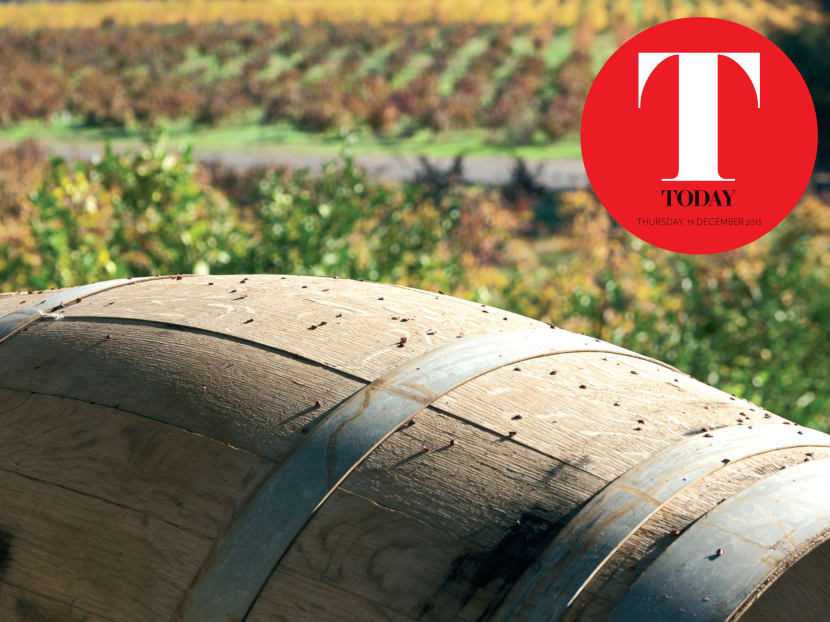
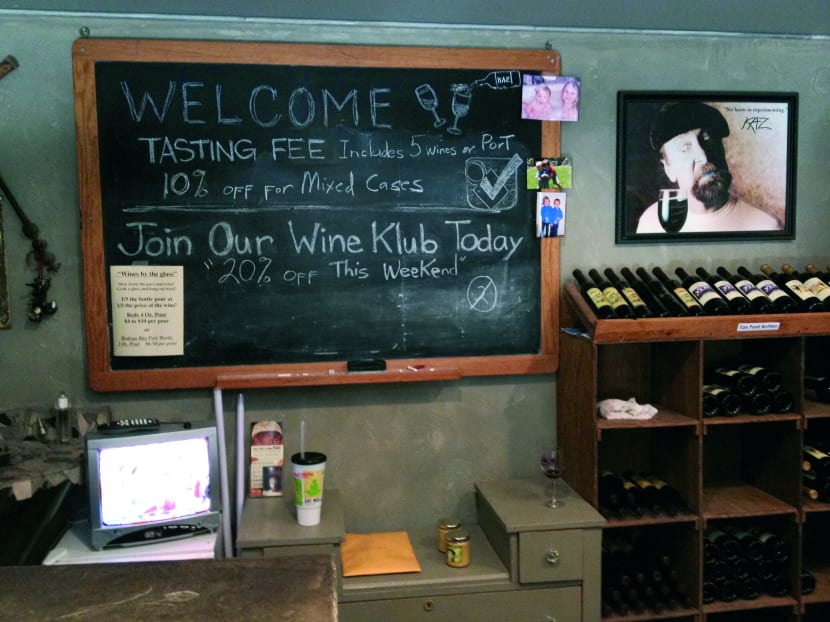
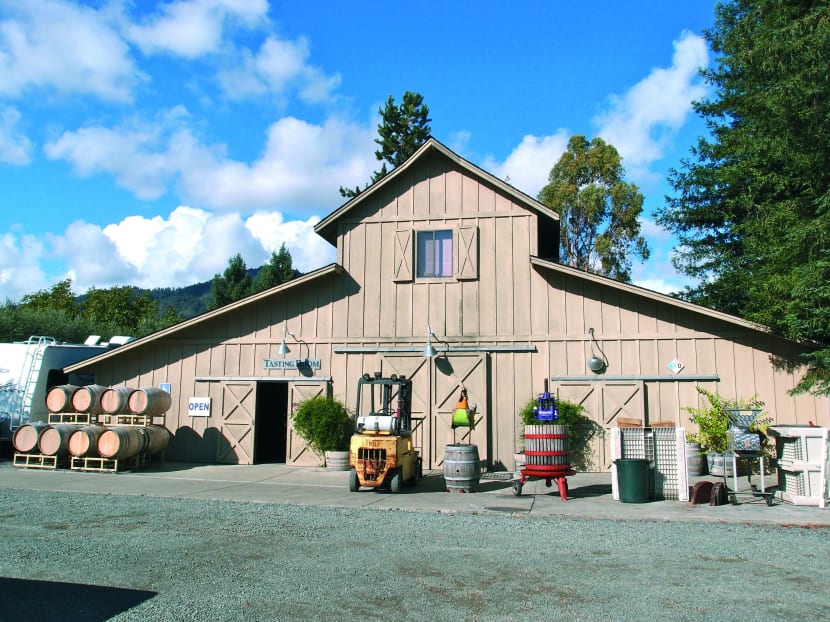
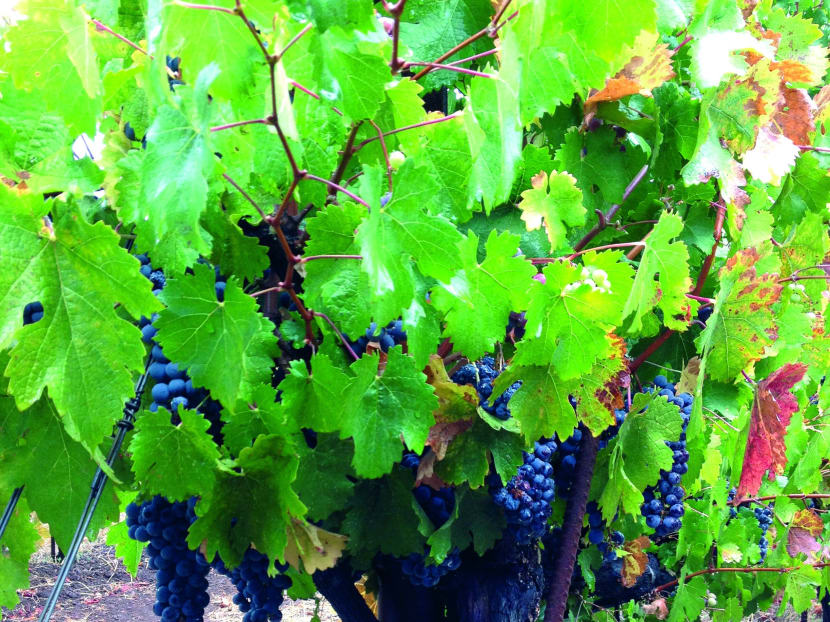
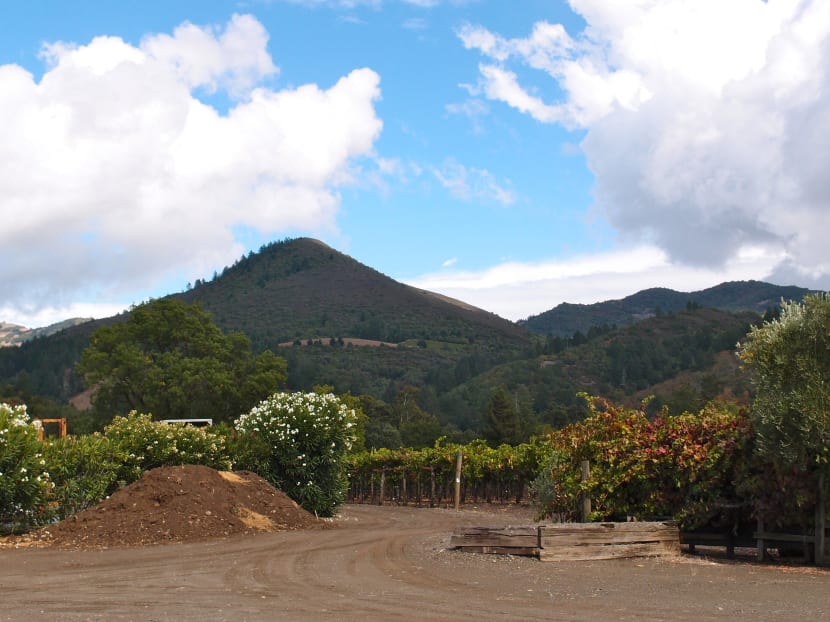
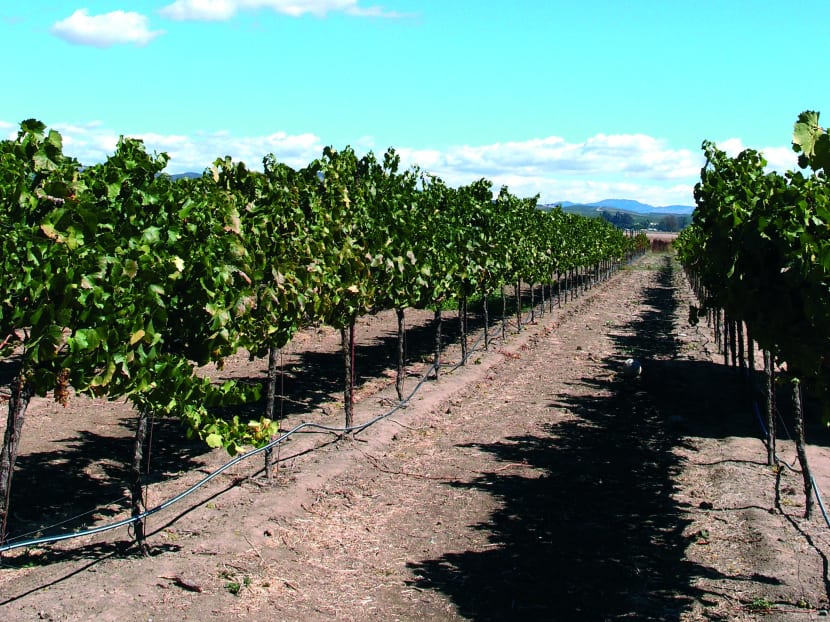
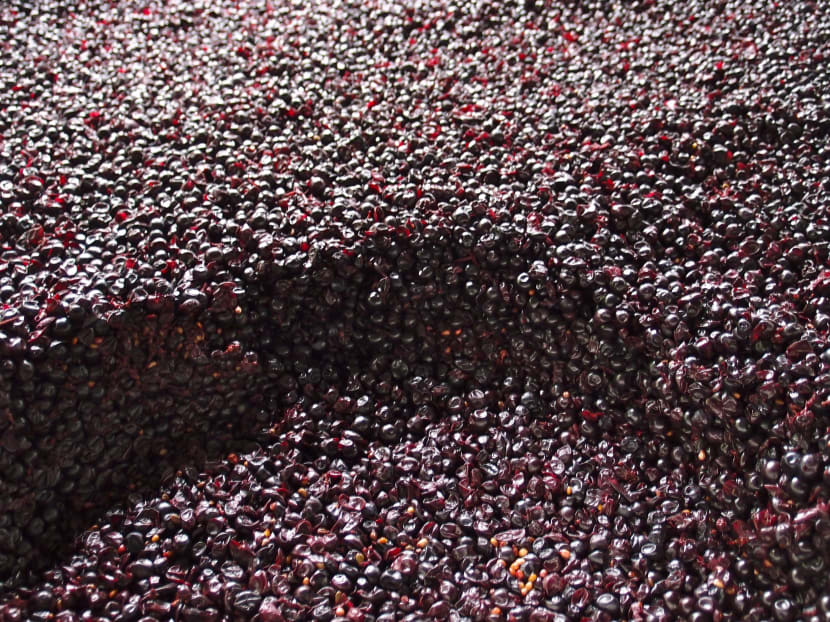
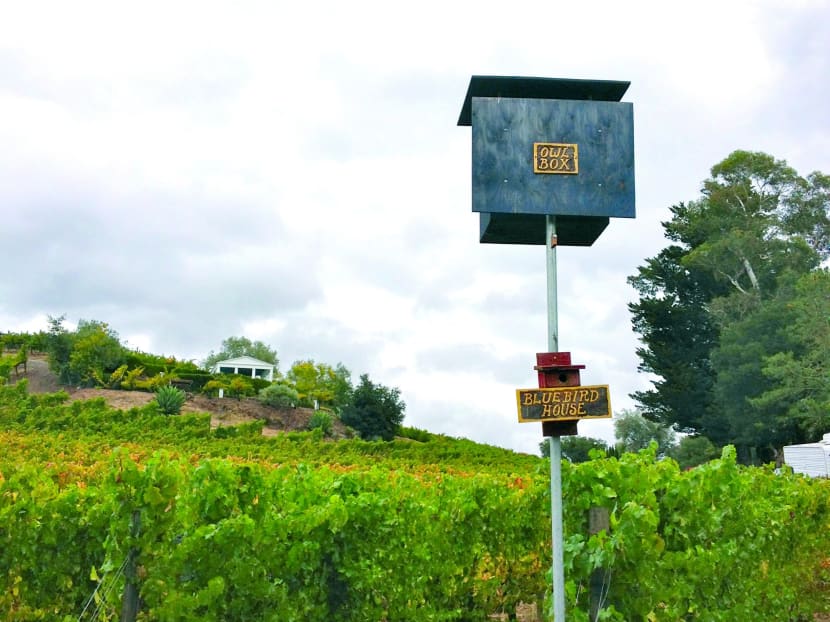
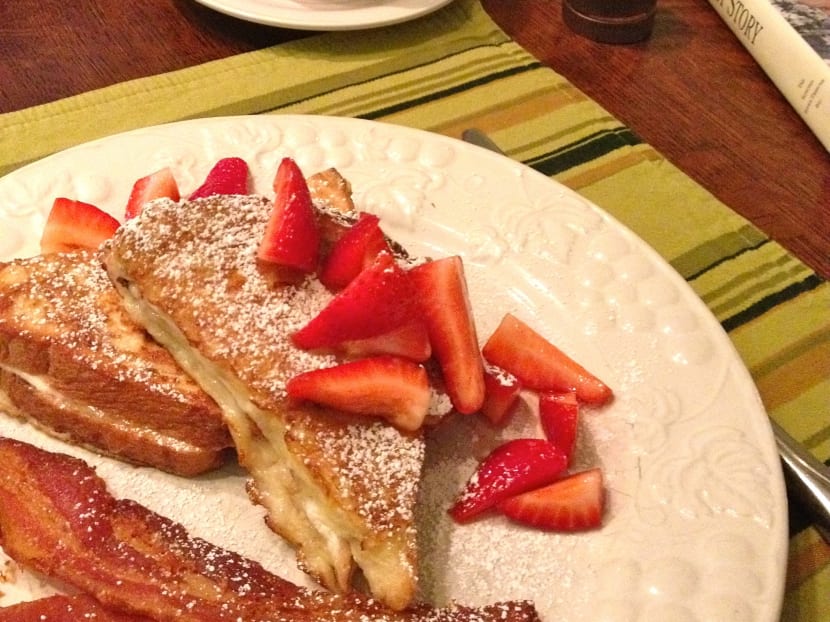
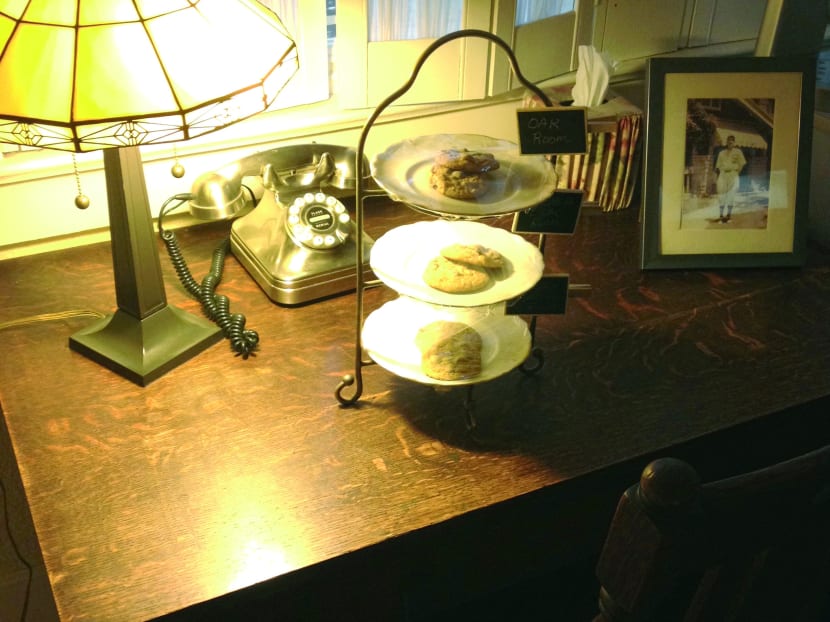
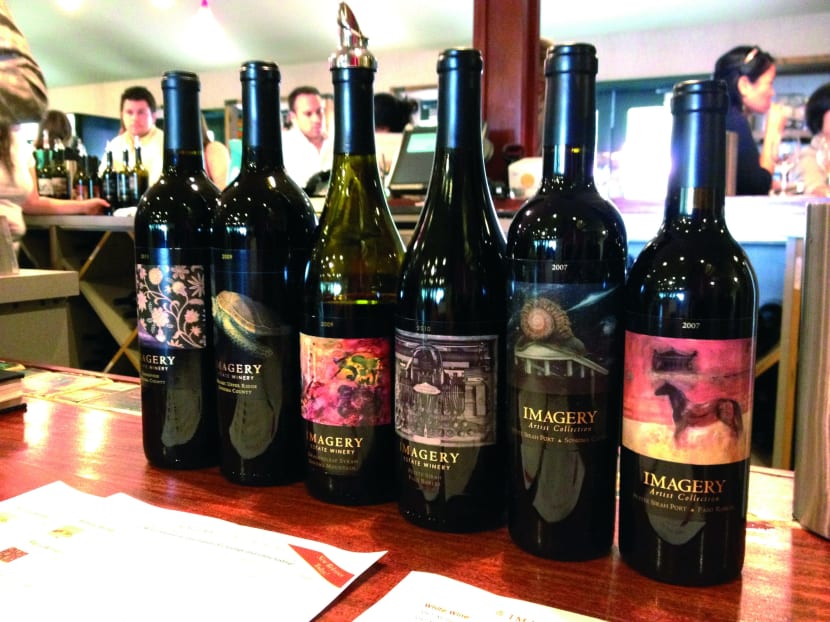
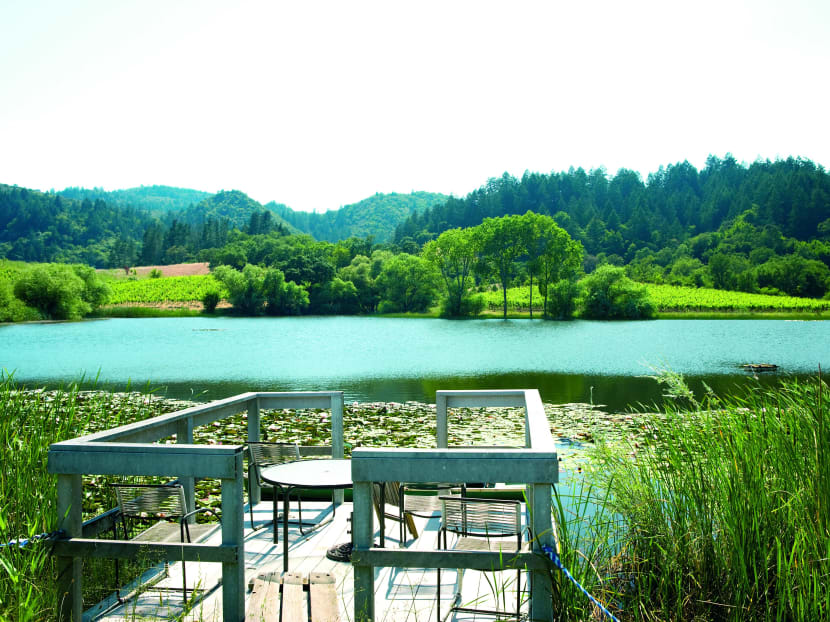
Along with Tuscany, Bordeaux and Burgundy, California often ranks high on the bucket list of wine regions to visit for wine lovers around the world. While Napa Valley is probably the most-recognised when it comes to American wine producers, what many tourists don’t know is that California’s wine region includes other noted wine-growing areas such the Russian River and Sonoma Valley.
But, drawn by the prospect of wide open spaces and plenty of excellent food and drink, my girlfriend and I decided to head to Sonoma. Any route from Napa to Sonoma takes less than 30 minutes. The landscape changes immediately upon arriving, from the immaculately groomed shrubs that define much of the narrower Napa Valley to beautiful agrarian scenes of farmsteads and rolling hills.
We decided to base ourselves in Sonoma Town, a convenient stone’s throw away from many of the vineyards we planned to visit. Our residence, a charming bed-and-breakfast named Hidden Oak Inn (discovered on TripAdvisor), turned out to be a gem of a place. With true Sonoma Valley hospitality, we were immediately acquainted with some wine, cheese and crackers upon our arrival. Breakfast the next day was a wonderful home-cooked meal of French toast and crispy bacon.
The quaint Sonoma Town is a good place to start exploring. Anchored around a small park, shops where you can do food and wine tastings line the walkway. But if you’re looking for more than just sips, there are stores selling wine crates, in the very likely event that you end up buying more wine than you’d budgeted luggage space for. Before you do that, hit the vineyards.
BIO-DYNAMIC WINE-MAKING
Our first vineyard of the day was the Benziger Family Winery, known for producing well-regarded biodynamic wines. The terroir’s chequered history is worthy of a soap opera: Early wine ambitions were first thwarted by the Prohibition and, later, the financial crash in the early ’80s. It even became a marijuana farm at one point, before the Benziger family took over in 1984, turning it into the winery it is today.
It still remains family owned and more than two dozen family members live on the estate. Now, biodynamic farming is to viticulture what holistic healing is to modern medicine. On one hand, biodynamic farming makes perfect sense. Practitioners view the entire estate as a single living organism. In promoting eco-diversity and biodiversity, farming is also done organically and at least 10 per cent of the estate is set aside to create or preserve environments other than farming. The growth of beneficial flora and fauna on the premises such as bees and owls is also encouraged, creating an ecosystem that is more resilient towards pests and disease. On the other hand, wine production is seen as an activity that takes a toll on the land and depletes it.
Like holistic medicine, biodynamic methods claim to cure the land through the use of eight different herbal tea composts prepared in ritualistic fashion. For instance, one preparation consists of a cow manure mixture stored in cow horns (and only cow horns) and buried underground over the winter before being sprinkled in small amounts over the land.
During our vineyard tour, the guide suggested that modern science knows little about traditional agriculture and biodynamic methods tap into knowledge from a time when people were closer to the land. Whether such methods make for better wine is anyone’s guess. Some proponents insist it does, while others dismiss it as pseudo-scientific mumbo-jumbo.
Biodynamic farming may not always produce a better wine since in the process of allowing nature to take due course some control is relinquished, with varying results. However, you are guaranteed one thing — a more honest expression of terroir in the wine. And Benziger’s wines proved delicious; and even though they lacked the sophistication of Napa’s finest, it was expressive and unique.
HAVING GRAPE EXPECTATIONS
Across the road from Benziger’s is its equally famous sister winery, Imagery. If Benziger is the farmer, Imagery is the artist. Founded by Joe Benziger to showcase wine made from less common varietals, the winery’s cult status really came together only after Joe met local artist Bob Nugent, who helped create artistic wine labels for Imagery.
Since then, art has been a defining feature of Imagery. All labels on Imagery’s bottles feature selected artworks that incorporate the replica of the famous Parthenon structure at Benziger. Paintings, sculptures and even music have been featured on these labels. The artworks are also on display in the Imagery tasting room.
Another must visit is Kaz Winery. The owner, Richard Kasmier or Kaz, was a former photographer who left that profession at the advent of digital photography about 25 years ago because “everyone could be a photographer after that”.
At Kaz’s tasting room, which is housed in a refurbished barn, there is only one word that can be used to describe the space: Eclectic. Placed around the wine barrels stacked in the tasting room were seemingly irrelevant life-sized objects of a crocodile, a replica of a human skeleton and a red devil wielding a pitchfork. If Kaz meant for the tasting room to seem like an exposition of his self, that was achieved to great effect. For most part, the atmosphere was fun and unpretentious and there was much to see and explore.
But for me, Kaz’s advertising background and quirky artistic flair really came to life on the wine bottle labels. Each label at Kaz consisted of an oddly re-coloured old photograph that included an old wedding photo, Santa Claus and a bunch of people in a strange flying machine right out of Chitty Chitty Bang Bang. Similarly, Kaz is not afraid to experiment with uncommon varietals in his wines, often yielding satisfying results.
While there are hundreds of wineries in the region, you might want to set your limit at four vineyards per day, or risk serious wine fatigue. Some popular wineries take reservations in advance and wine tastings can cost anywhere from US$5 to US$40 per person. Luckily for us, the Sonoma Valley Bed & Breakfast Association provided us with a wine tasting passport that entitled us to free tastings at participating wineries, saving us a small fortune.
Apart from those we already planned to visit, we also made random stops at a few other places. Some, such as Chateau St Jean, had dramatic estates that were lovely for a picnic, but fell short when it came to their wine; while others, such as Paradise Ridge, had a few surprises up their sleeves. Lured by the promise of sparkling wine, it was our last stop for the day. There, we met an exceedingly chatty couple, Jane and Tom, celebrating their 21st wedding anniversary. We celebrated with them, aided by generous samplings of wine, until we were the last ones left in the tasting room.
And as the sun set over the endless miles of gorgeous vineyards and rolling hills, it was a perfect moment to remember that sometimes, the best things in life really are free.





